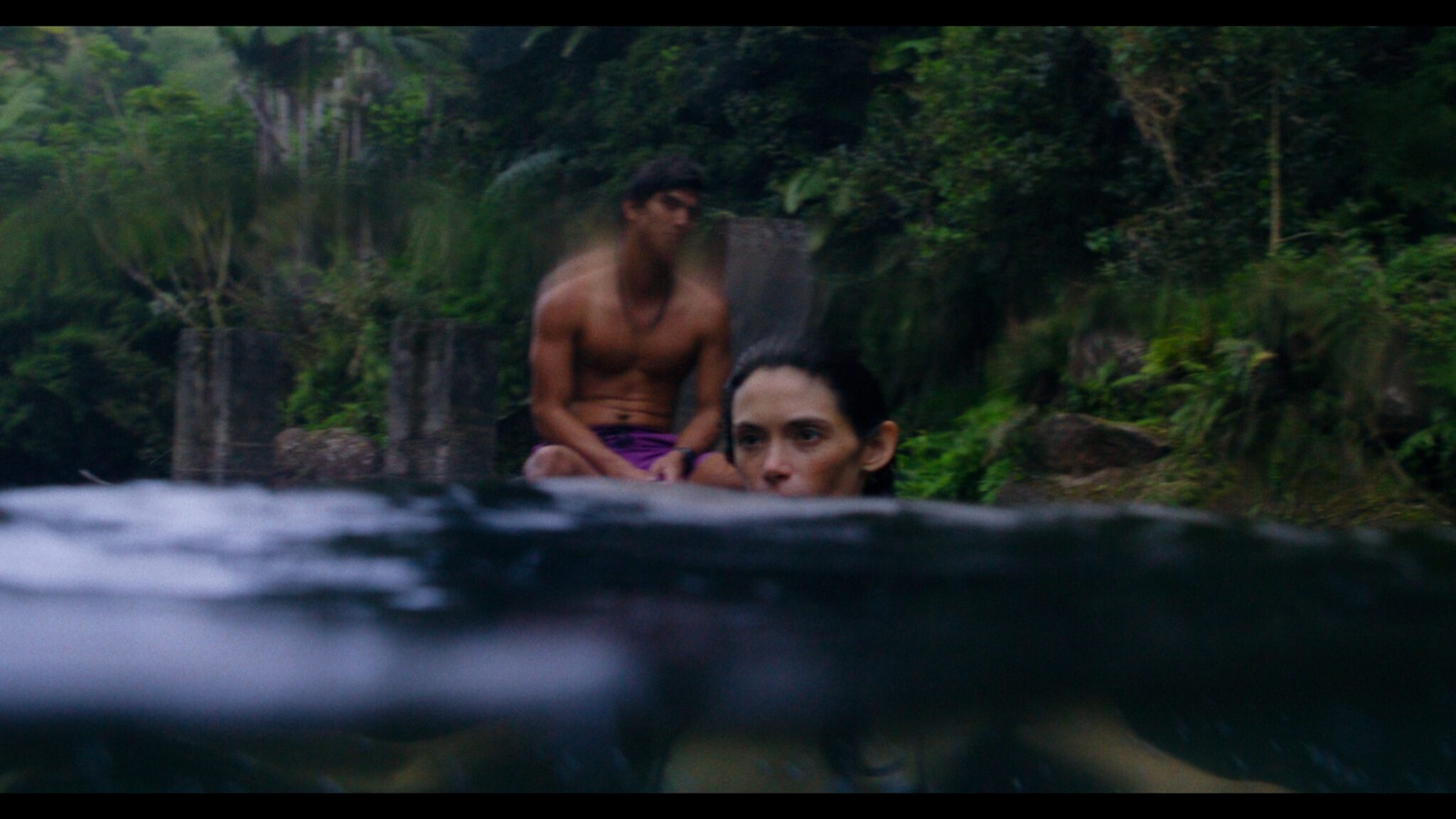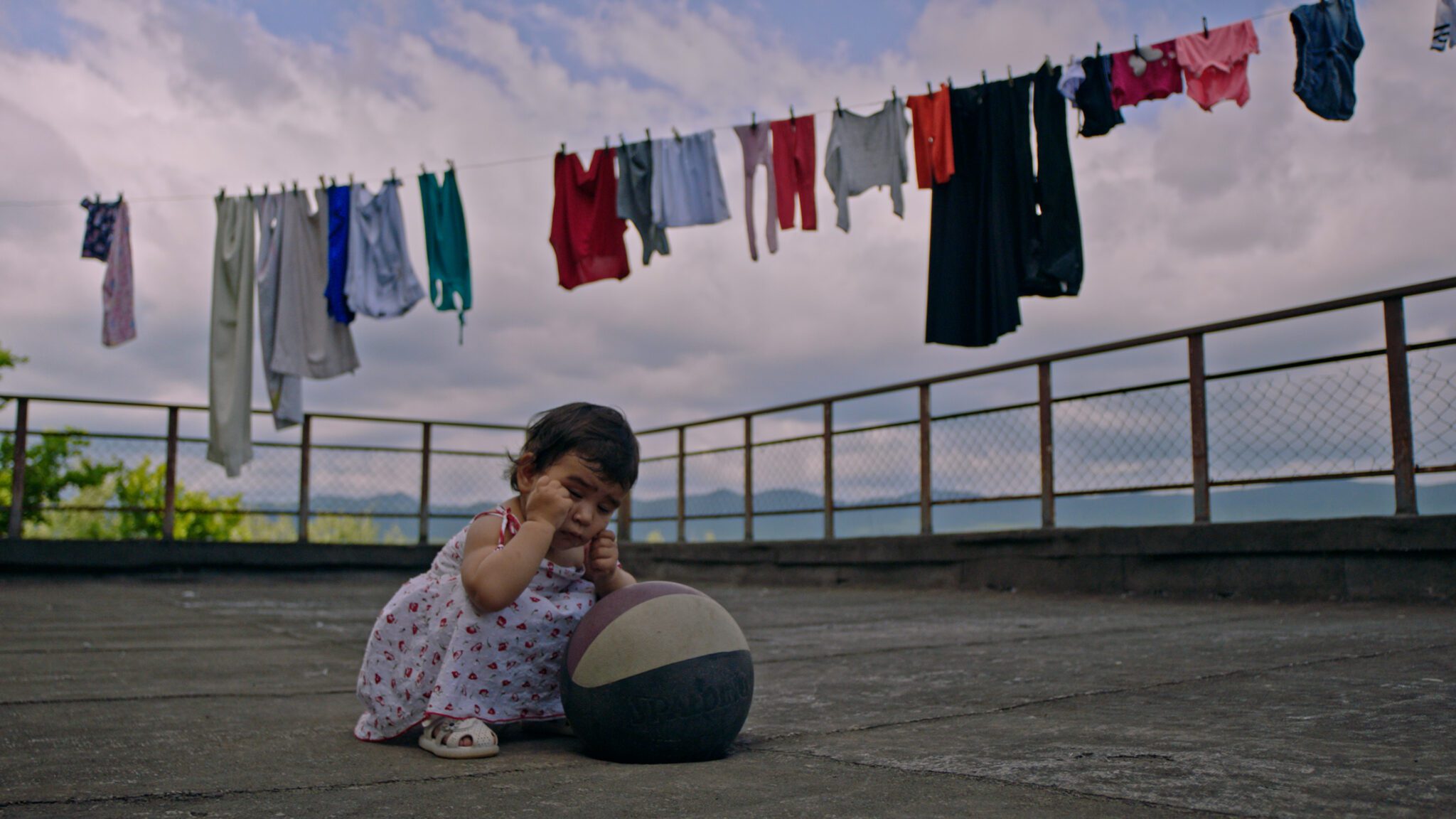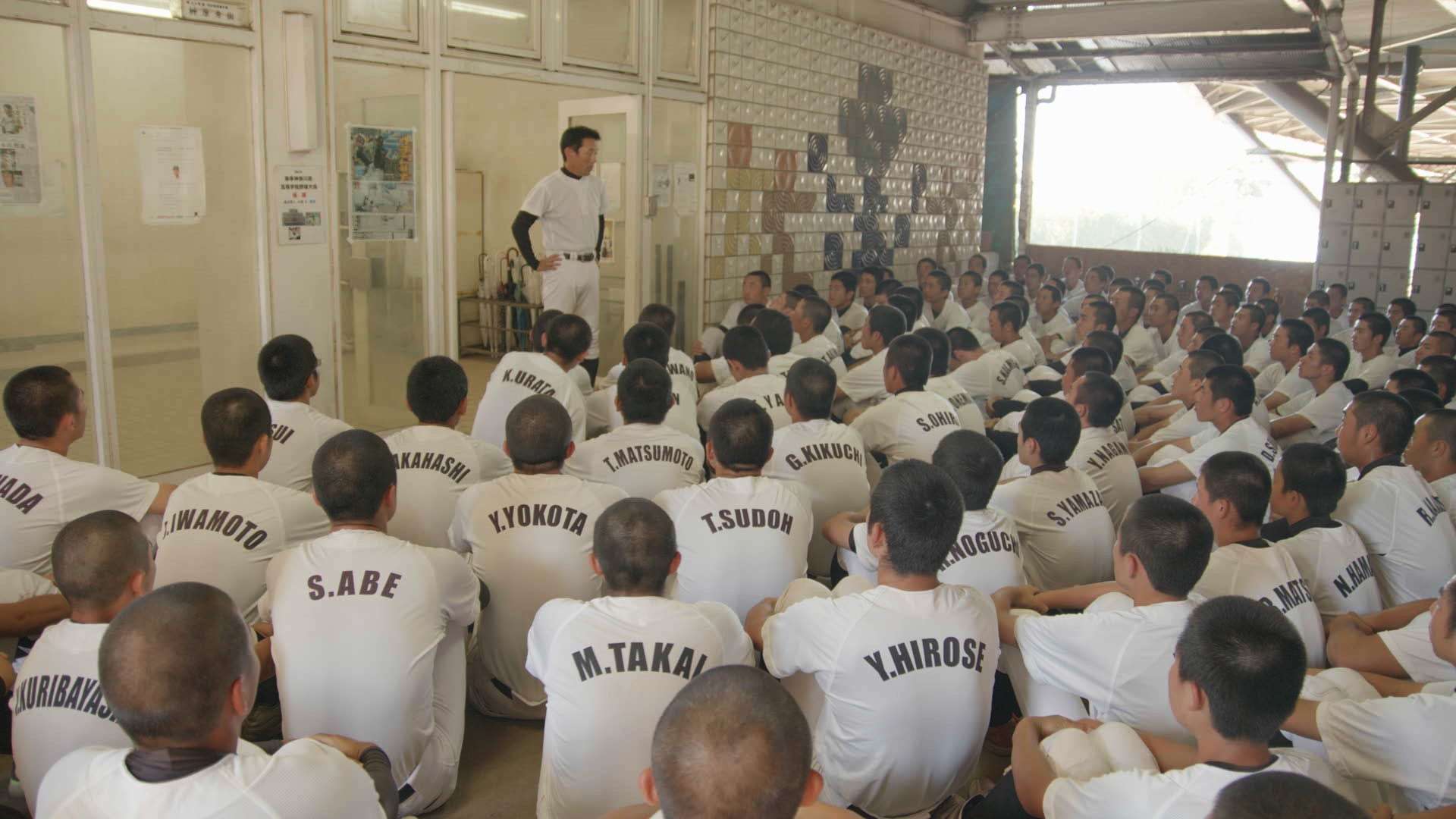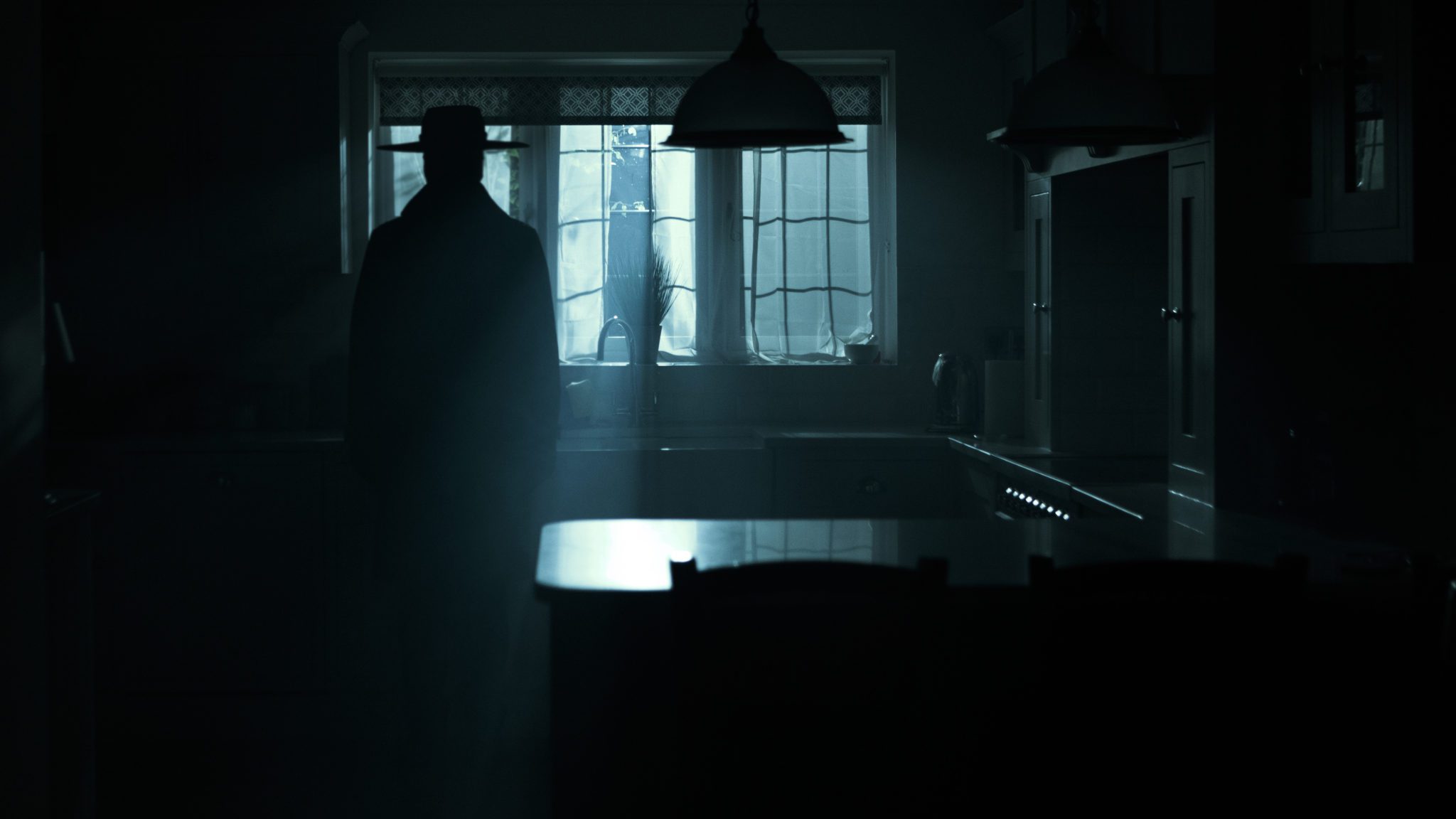The thirtieth edition of Slamdance Film Festival is underway.
Slamdance shares Park City, Utah, with its more famous sibling Sundance this week. While Sundance will gather more attention, Slamdance is, at times, edgier and also exemplifies the power of films made by those we may not have heard of—yet. Here are a few of the films I’ve had a chance to take in so far.

African Giants, directed by Omar S. Kamara, is a story of two brothers who reunite for a weekend. Alhaji is an aspiring actor living in L.A. his younger brother Sheku, is a law student. When Sheku comes for a visit, they begin by reestablishing their bond, but it also brings up old wounds. Some of those wounds involve their parents who immigrated from Sierra Leone. Sheku wants to follow his brother into acting, but Alhaji knows it is a very difficult life. The brothers must find new ways of relating to each other.
The film reflects the director’s own relationship with his brother. He calls it “a love letter to brotherhood”. I found the relationship between the brothers to be true to experience. But the film did bog down a bit as the weekend moves towards a big party. African Giants is part of the Narrative Features section.

Chaperone, directed by Zoë Eisenberg, is the story of Misha, a 29 year old with no ambition. She’s worked for the last 12 years at a local movie house. She turns down promotions. She says, “I just like where I am.” Potential love interests shy away from her attitude. Until Jake, a 19 year old high school student, hits on her thinking she’s his age. She loves not having to act like a grown up with him. But she becomes more and more reckless in her behavior. When the truth comes out, as it must, everything in her life will need to be rebuilt.
The film features an all Asian-American, Native Hawai’ian, and Pacific Islander cast. Misha seems to embody the carefree lifestyle that we tend to think represents living in Hawai’i. But it shows that there can be dire consequences to being unconventional. Chaperone is part of the Breakout section.

Nina Is an Athlete, directed by Ravit Markus¸ follows wheelchair badminton player Nina Gorodetsky as she seeks to represent Israel in the 2020 Paralympics in Tokyo. What makes it difficult is that Nina a nearing 40, which is getting old for an athlete. She also wants to have another child. Then, to make matters worse, the pandemic hits and she can’t even practice. It will take sacrifice, determination, and support from her family to make it happen.
This is part of the Unstoppable section of Slamdance. The Unstoppable films are by or about people with various disabilities. The inclusion of this section has become a key part of Slamdance’s DNA. It is one of the reasons I keep coming back to cover this festival.

On the Way Home, directed by Giorgi Kvelidze, takes us to Georgia (of the former Soviet Union) to meet two refugee families. After the fall of the USSR, Russia, seeking to maintain power in the region created various regional conflicts. In the process over 200,000 Georgians are displaced in their own country. Many of them made their way to Tskaltubo, a one-time health spa and resort. They made their homes in the rooms of abandoned sanatoriums. They have been there for 30 years.
This is a film that is visually interesting as we see the derelict luxury facilities, some of which are now being reclaimed by nature. While the subjects chosen for the film are interesting, what I missed was any kind of context to explain why it has taken so long to deal with these people. I would also have like to know more about how they survived and what kind of community may have developed in the process. On the Way Home in in the Documentary Feature section.
Demon Mineral, directed by Hadley Austin, shows us the radioactive desert that is part fo the Navajo Nation in northern Arizona and New Mexico. Huge uranium mines were developed in the area, leaving a legacy of invisible pollution. The indigenous people have sought for the government to act responsibly, but to little avail.
This film has some interesting (but strange) black and white cinematography, but it rambles, especially during the first half. There are some interesting aspects of Navajo life shown, but often to seems to include some people with very tangential relationship to the issue. Demon Mineral is part of the Documentary Feature section.





